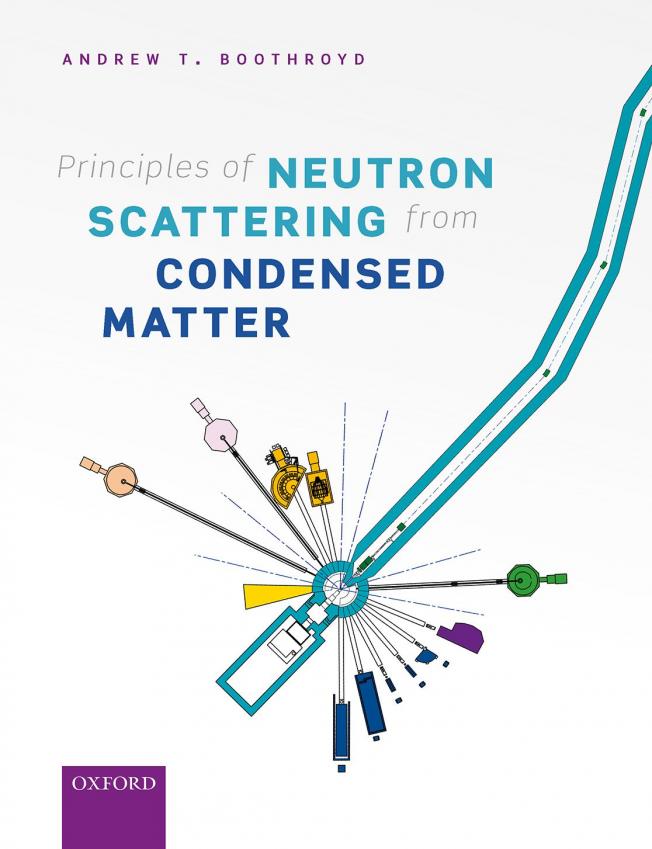Magnetic excitation spectrum of LuFe2O4 measured with inelastic neutron scattering
(2014)
Persistence of magnetic order in a highly excited Cu2+ state in CuO
Physical Review B American Physical Society (APS) 89:22 (2014) 220401
Crystal field splitting in Sr$_{n+1}$Ir$_n$O$_{3n+1}$ ($n$ = 1, 2) iridates probed by x-ray Raman spectroscopy
(2014)
Bilayer splitting and wave functions symmetry in Sr3Ir2O7
Physical Review B American Physical Society (APS) 89:20 (2014) 201114
High-temperature electromagnons in the magnetically induced multiferroic cupric oxide driven by intersublattice exchange
Nature Communications Springer Nature 5 (2014) 3787


